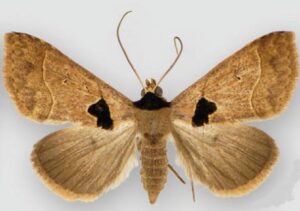Species and Populations
LEARNING OBJECTIVES
At the end of the chapter you should be able to:
1. Explain what the ‘species problem’ is.
2. Explain the practical implications of the species problem.
3. Compare and contrast the three main species concepts.
4. Define and explain what an Operational Taxonomic Unit (OTU) is.
5. Define speciation and explain how species barriers emerge.
6. Distinguish between cryptic, sibling and sister species.
7. Define and explain what evolutionary significant units (ESUs) are.
8. Explain how hybrids can interfere with the speciation process.
9. Explain how molecular methods can be used to distinguish between species.
The “species problem” refers to the ongoing debate among biologists and philosophers of science over how to define and identify species. The problem stems from the fact that different concepts and criteria for defining species often lead to inconsistent and conflicting classifications. It highlights the complexities and nuances of defining and identifying species. In molecular ecology and evolution, this issue is particularly pertinent, as researchers rely on clear species boundaries to study genetic diversity, adaptation, and speciation. While different species concepts offer various advantages and limitations, the continued integration of molecular data provides new insights but also presents new challenges in resolving the species problem.

Media Attributions
- Anoba_sp._trigonoides_species_complex,_female_(Itapua,_Paraguay) © Lafontaine JD, Walsh JB is licensed under a CC BY (Attribution) license

